Clear Aligners in Patients with Xerostomia: Managing Dry Mouth During Orthodontic Treatment
Xerostomia, commonly referred to as dry mouth, occurs when the salivary glands fail to produce enough saliva to keep the mouth properly hydrated. For patients undergoing orthodontic treatment, particularly with clear aligners, this can pose unique challenges. While clear aligners offer a comfortable and discreet way to straighten teeth, they can potentially exacerbate dry mouth symptoms. In this article, we’ll explore how xerostomia impacts clear aligner treatment and share some practical strategies to help manage it.
Azeem Jameel
10/9/20242 min read


Clear Aligners in Patients with Xerostomia: Managing Dry Mouth During Orthodontic Treatment
Introduction:
Xerostomia, commonly referred to as dry mouth, occurs when the salivary glands fail to produce enough saliva to keep the mouth properly hydrated. For patients undergoing orthodontic treatment, particularly with clear aligners, this can pose unique challenges. While clear aligners offer a comfortable and discreet way to straighten teeth, they can potentially exacerbate dry mouth symptoms. In this article, we’ll explore how xerostomia impacts clear aligner treatment and share some practical strategies to help manage it.
The Role of Saliva in Oral Health: Saliva is an essential part of maintaining a healthy mouth. It helps neutralize acids, control bacterial growth, and even aids in digestion. When there’s not enough saliva, patients are more prone to:
Tooth decay and enamel erosion,
Gum irritation and periodontal disease,
Discomfort, as aligners can increase friction in a dry mouth,
Difficulty in speaking or swallowing.
In patients with xerostomia, clear aligners may make these issues worse by covering the teeth for extended periods, which can limit saliva’s protective effects and further dry out the mouth.
What Recent Research Tells Us: Recent studies have shed light on the impact of clear aligners on patients with xerostomia. Research in 2024 found that patients with dry mouth may experience more discomfort and a higher risk of oral complications when using aligners compared to traditional braces. However, advancements are being made in aligner design. Newer aligner materials are being developed to be more comfortable and less likely to irritate the oral tissues of those with xerostomia.
Additionally, researchers are exploring products that can help manage dry mouth during orthodontic treatment. These include salivary stimulants and substitutes, like sugar-free gum, moisturizing mouth gels, and rinses that can help alleviate dry mouth symptoms while reducing the risk of tooth decay.
Tips for Managing Xerostomia with Clear Aligners:
Stay Hydrated: Drinking plenty of water throughout the day is one of the simplest ways to manage dry mouth. Patients should make a habit of sipping water frequently, which helps keep the mouth moist and rinses away any trapped food or bacteria under the aligners.
Use Salivary Stimulants: Sugar-free gum or lozenges can stimulate saliva production. While aligners should be removed when using these, chewing or sucking on something for a short break can provide relief from dry mouth.
Consider Special Mouth Rinses or Gels: There are many saliva substitutes and moisturizing gels designed to help people with xerostomia. Look for those containing xylitol or fluoride, which can help protect against cavities and keep the mouth moist.
Frequent Dental Check-ups: Patients with dry mouth should have more frequent check-ups to catch any signs of tooth decay or gum disease early. Dentists may also recommend fluoride treatments or prescription toothpaste for added protection.
Limit Sugary and Acidic Foods: With reduced saliva, the mouth is more vulnerable to bacteria that feed on sugar and acidic foods, leading to cavities and enamel erosion. Patients should limit these foods, especially when wearing aligners.
Innovative Aligner Materials: The orthodontic industry is continuously evolving, and there’s promising research into aligners that may be better suited for patients with xerostomia. These could include antimicrobial aligners or those designed to retain moisture more effectively.
Conclusion: Dry mouth can complicate orthodontic treatment, particularly for patients using clear aligners. However, with the right strategies—ranging from simple hydration to innovative dental products—patients can manage xerostomia effectively while still achieving their desired orthodontic outcomes. For patients with xerostomia, orthodontists should create a customized care plan that takes their condition into account, ensuring that their oral health is closely monitored throughout the treatment process.

Connect
Social Accounts
+1 830 7451 586
Building 595, Block H3, Phase 2
Johar town, Lahore Pakistan
Address
Mail at:
Call at:


ClearCare Ortho offers premium-quality, exceptionally clear, and affordable orthodontic aligner treatments worldwide.
© 2023 Copyright ClearCare Ortho All Right Reserved.
info@clearcareortho.com
